1961
– 1989
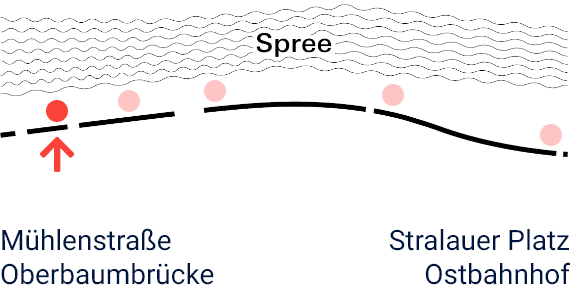
For some people, staying in the GDR was not an option. Some tried to escape across the guarded border, risking arrest and imprisonment, serious injury, and even their lives. By 1977, several men had managed to get from Mühlenstraße to West Berlin. After that, the border installations were further extended so that escape was almost impossible. The exact number of escape attempts is not known.
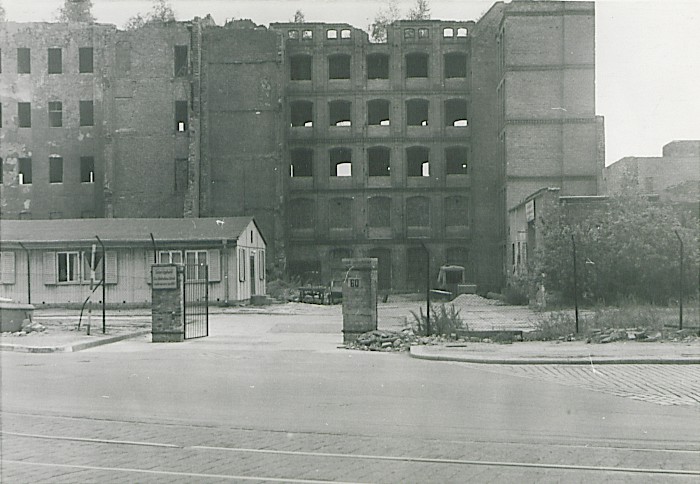
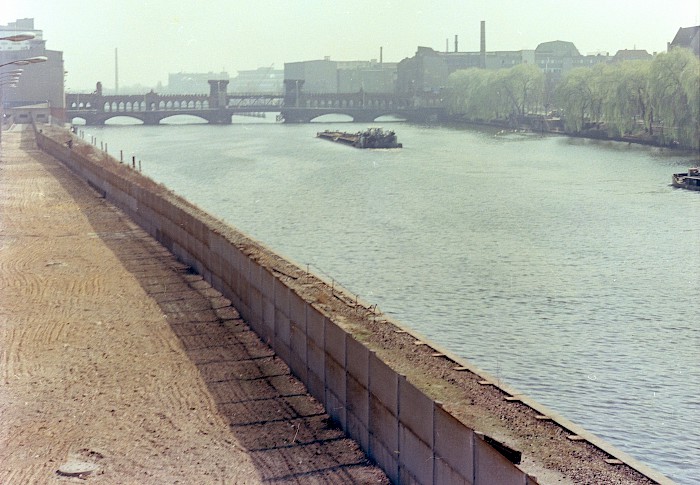
"Border violation was not prevented because of deficiencies in the system."
Soldiers monitored the border at Mühlenstraße from watchtowers and patrolled the area on land and on the water. Many of the border guards were conscripts performing military service. Though usually uneventful, service was also nerve-wracking: The guards were under orders to prevent escape attempts by force of arms. This photo by the Ministry for State Security shows the view of the border strip that only the soldiers had.
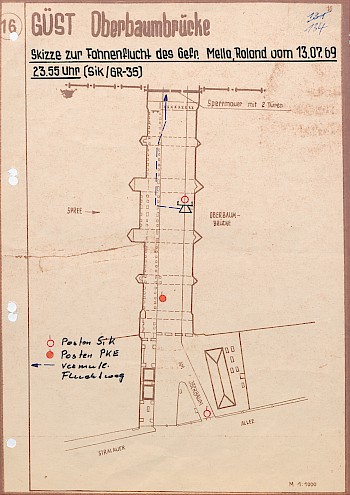
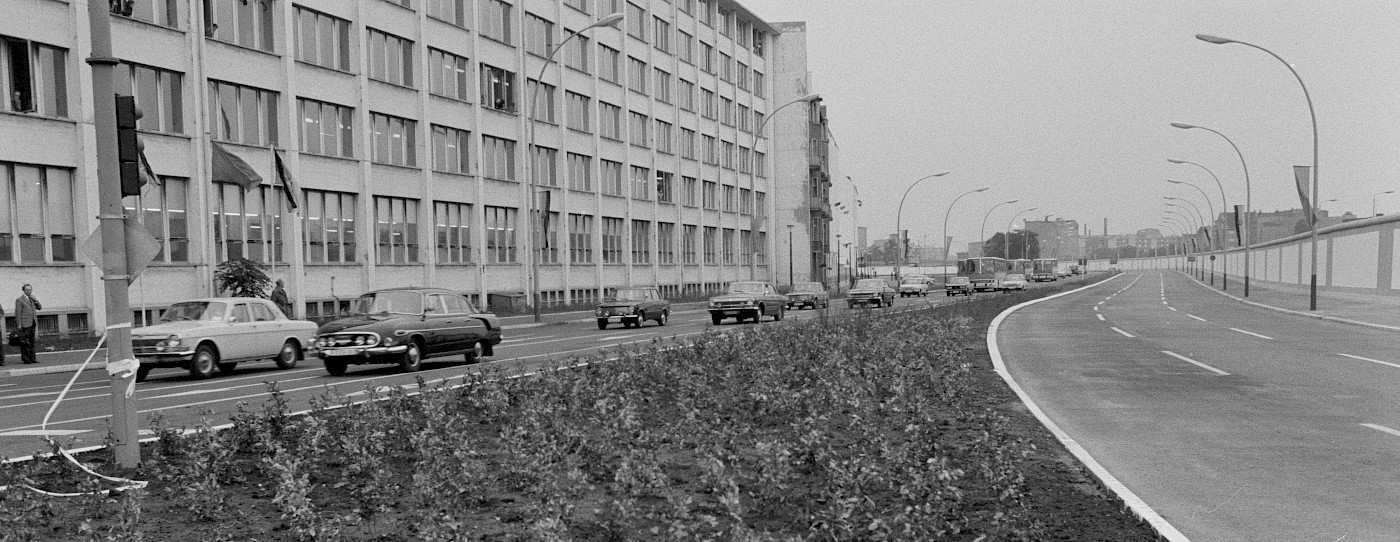
"It was all very, very grey. A street with no life in it."
Mühlenstraße was on East Berlin’s protocol route, i.e., the route taken by guests of state from the airport into the city.The East German authorities wanted the border here to be both inconspicuous and attractive. For this reason, a wall was built from 1977 onwards using elements of the border wall 75. This was thought to be smarter than the inner wall through the rest of East Berlin. It ensured the river, and the border strip, were no longer visible from the street.

Thomas Klingenstein grew up in East Berlin. Aged 19, he was arrested on political grounds and exiled to West Germany. There, he was able to realise his dream of travelling to Japan, where he lived for several years. Via imprisonment and expatriation, Klingenstein was forced to take a Detour to the Japanese Sector.